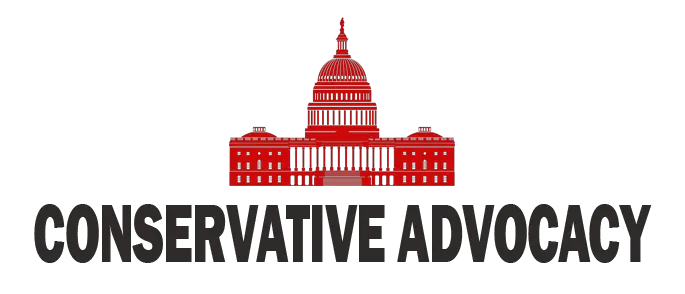In a recent discussion on a conservative news channel, hosts explored the shockwaves sent through New York City politics with the emergence of Zohran Mamdani, a candidate for mayor who many see as a controversial figure. This conversation revealed the underlying demographic shifts in the city and raised questions about how these changes are shaping the future of American politics, especially among young voters.
Mamdani, a product of immigrant parents, has found himself at the center of a heated political climate. His stance on issues related to Hamas and his connections to historical controversies, such as those surrounding past terrorist activities, have raised eyebrows among more traditional factions of the political landscape. This situation is further complicated by the fact that New York City is home to a significant population of both Jews and Muslims, each representing roughly 11% of the city’s populace. This unique demographic blend contributes to the surprising popularity of a figure like Mamdani among an increasingly progressive electorate.
Interestingly, it wasn’t just Mamdani’s policies that were dissected during the discussion; it was also the cultural backdrop that has seemingly paved the way for his candidacy. The hosts pointed out the generational divide, where younger voters, many of whom grew up in a world untouched by the immediate aftermath of September 11th, may be more inclined to support politicians with views they deem to be radical or transformative. The voices and opinions of those who do not share the experiences of past conflicts contribute to a disturbing trend that appears to favor radical ideas over traditional American values.
Critics argue that a cultural shift has taken root within not just New York, but across America, facilitated by educational institutions and media platforms that seem to promote anti-American sentiments. The channel’s hosts emphasized that the education system is failing to instill a sense of patriotism and unity among students, often opting instead for narratives that criticize the very foundations of the country. With many colleges and universities fostering environments that challenge conventional ideologies, the rise of figures like Mamdani may reflect a broader trend of radicalization among youth.
Furthermore, this trend extends to discussions about immigration and assimilation. The idea that newcomers to America might not feel compelled to adopt American values or contribute positively to society is a growing concern. Immigrants like Mamdani’s family, who have achieved success in American society yet maintain a strong disdain for the nation that provided them opportunities, can create a chasm that challenges the traditional notion of the “American Dream.” This situation raises important questions about the effectiveness of the current immigration system and whether it adequately ensures loyalty and integration into the American way of life.
As New York City gears up for mayoral elections, the conversation surrounding figures like Zohran Mamdani acts as a stark reminder of the complex interplay between demographics, culture, and political ideology in America. The emergence of candidates who hold radical views, paired with a growing number of supporters, suggests that the country may be at a crossroads. Whether these trends will lead to positive change or further division remains to be seen, but one thing is clear: the political landscape is shifting, and it is essential for conservatives to remain vigilant in the fight for preserving American values and traditions.




